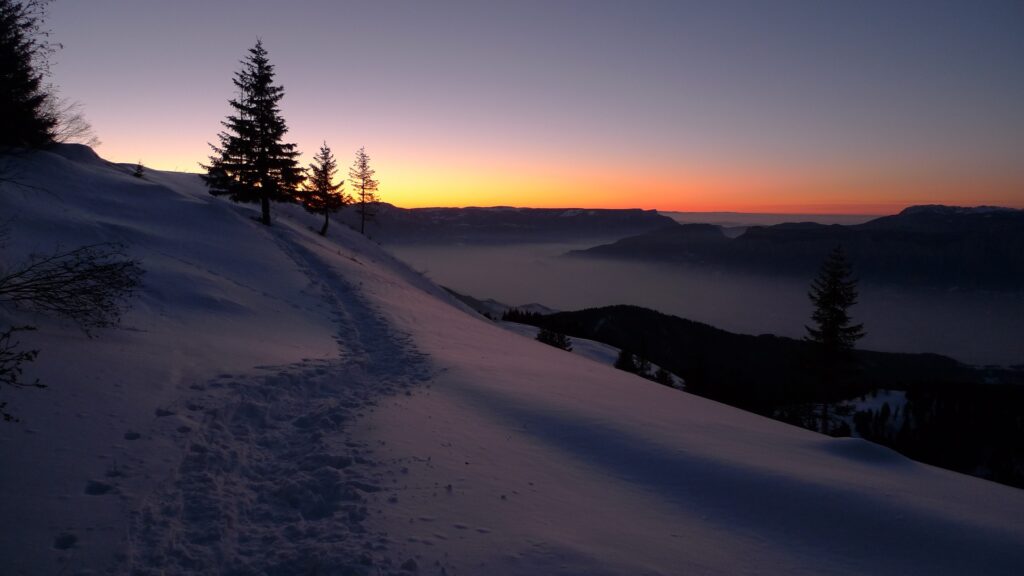Indigenous cultures from around the globe have observed the winter solstice for thousands of years, marking the interconnectedness between the natural world and the people. There is even evidence of humans observing the winter solstice from as early as 10,200 B.C. In Ancient Rome, the winter solstice, or Saturnalia, began on December 17 and lasted for seven days. The festival honored Saturnus, the god of agriculture and harvests. In addition, the upper class celebrated the birthday of Mithra, the ancient Roman god of light during this time as well. For some Romans, this was their most sacred day. From what I read, it was quite a festival, when ordinary rules were turned upside down, and all sorts of partying and mischief prevailed.
The earliest Norseman celebrated Yule, an observance from winter solstice until mid-January, in recognition of the return of the sun. Large logs, called yules, were set on fire and people would tell stories, and feast until the logs were burned out, believing this would assure a healthy harvest in the year to come.
The winter solstice is the shortest day and longest night of the year –December for the northern hemisphere and June for the southern hemisphere.

One summer, when I was traveling in Alaska, I met a bus driver who told me that his absolute favorite day of the year was winter solstice because “it marks the return of the sun.” In winter the sun rises in Fairbanks around 11:00 am and sets at around 2:45 pm. giving residents there about 3 ½ – 4 hours of sunlight. There are 67 days of no sun in Barrow, the northernmost town in Alaska. I suppose if you live in northern Alaska, the return of the sun is a big deal.
So, I guess I shouldn’t complain about the sun setting behind the hills near my home before 3:00 in the afternoon this winter solstice and instead celebrate. Get a big bonfire burning in the new firepit my husband built in a remote corner of our land, tell a story or two, maybe even make smores, and rejoice that the shortest day and longest night of the year mean that the earth’s pole has reached its maximum tilt away from the sun and astronomically marks the beginning of lengthening days and shortening nights.
Happy Winter Solstice! Happy Holidays! Merry Everything!
How did you find solace this week?
Sharon
© 2022. Sharon Kreider. All Rights Reserved

